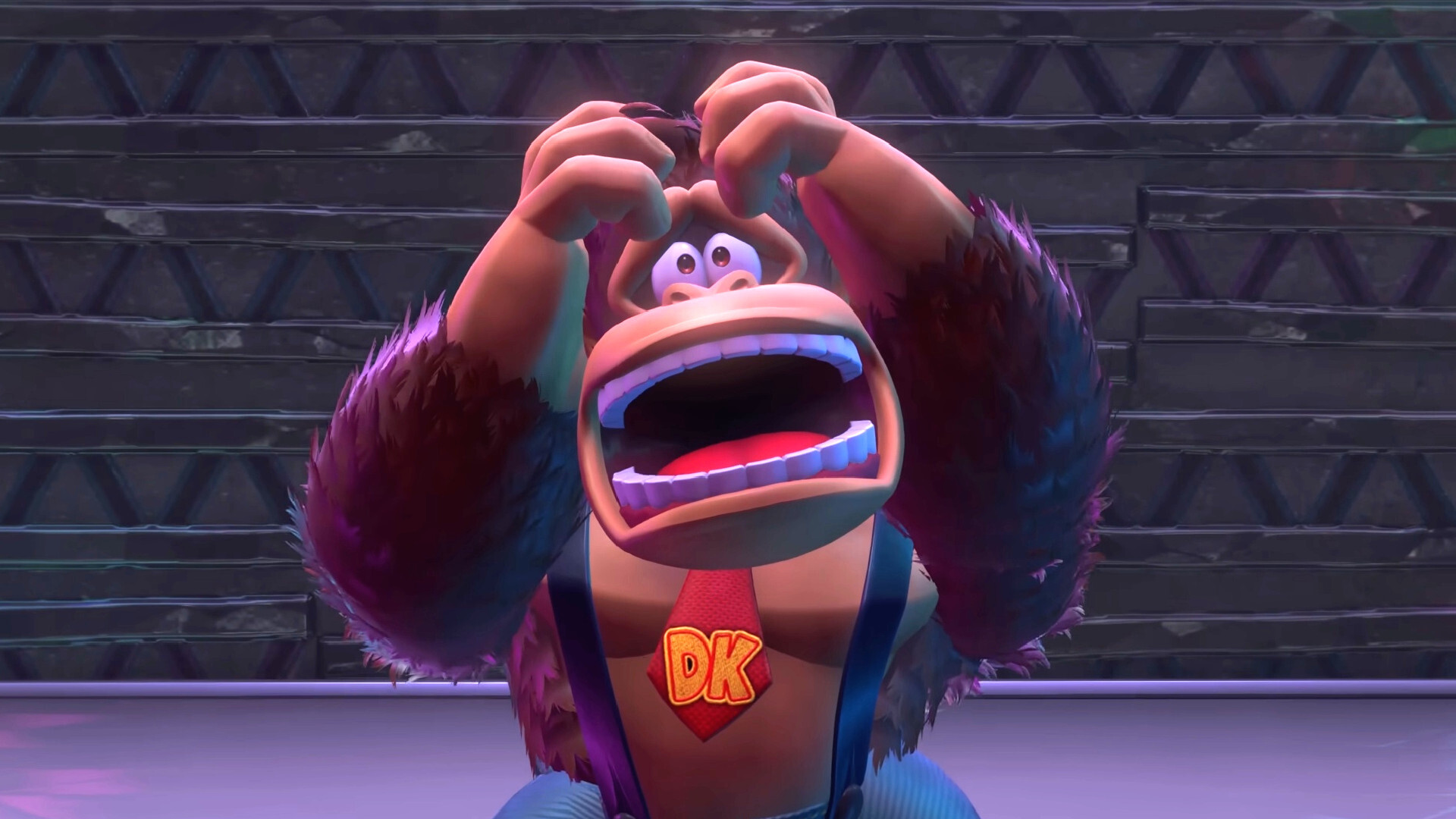
(Image credit: Arrowhead Game Studios)
Developing games involves more than just getting players comfortable in the driver’s seat. While players are introduced to the basics, like the gas and brake, what’s under the hood remains a mystery. Players aren’t expected to have developer-level knowledge, and with most studios rarely explaining these details, misconceptions arise. As a result, gamers often set up unrealistic expectations.
To better understand these misunderstandings, I reached out to over 40 developers around the world, asking: what’s something you’d like people to understand about making games?
Gabe Cuzzillo from Ape Out and Baby Steps sets a tone, saying, “Video games don’t want to exist. Other mediums work with you, like beating a drum to make noise. Not with video games. They resist existence, doing everything wrong. By force of will, we shape them into form, trying to contain chaos.” His sentiment highlights a common theme among developers.
John Romero of Romero Games adds that game development is “messy, iterative, and non-linear. Designs aren’t blueprints like a house, and changing one element affects many others, potentially causing delays.” In contrast to linear production, games require collaboration across multiple disciplines, often delaying timelines.
Sam Barlow, known for Immortality and Her Story, points out challenges in making game engines perform actions beyond their design. He says, “Some assume using live-action footage is to save costs, but video work is harder than expected.” Games remain complex, and what might seem simple in theory often isn’t in practice.
Cole Medeiros, the Stardew Valley board game designer, highlights the underestimation of building something seemingly simple. Developers like Bennett Foddy of Getting Over It echo that games require an incredible amount of effort, which players seldom see.
According to Helm Diverts 2’s Johan Pilestedt, “People think adding features is easy, but all decisions cascade in complexity.” This reflects the intricate nature of game development, where each decision impacts many factors.
In complex projects, like Papers, Please, Lucas Pope mentions beginning with a general idea and refining through constant iteration. Similarly, XCOM creator Julian Gollop agrees that game designing involves constant testing and refinement.
Xalavier Nelson Jr. from Strange Scaffold observes that shorter production cycles often lead to focused and high-quality games, contrasting longer, less directed development periods.
Heart Machine’s Myriame Lachapelle emphasizes the collaborative nature of game-making, describing how a boss fight involves input across roles. Alx Preston notes how each additional team member complicates multi-dimensional communication, a crucial part of game creation.
The human element is vital. Dave Oshry from Newblood Interactive compares game development to film production, stating, “Games require cooperation of many to create interactive art.” Joakim Sandberg highlights the misconception of blaming one person for a game’s success when it is truly a team effort.
Interaction with players is another area fraught with misunderstandings. According to David Szymanski, players often jump to conclusions about developer “laziness,” usually unaware of more complex issues or external pressures that developers face.
Dealing with unforeseen issues, developers often need to adapt. As Brenda Romero shares, “Dev teams work hard to make a game great under tough circumstances, giving a chunk of their soul to the project.”
Communication remains essential. Games take substantial time and resources, but also form through diverse, messy, and collaborative efforts. To better enjoy games, players should resist generalizing and understand that development is far more intricate than it seems.
Weekly digests and insights into your favorite games
Cyberpunk 2077 options for gaming enthusiasts